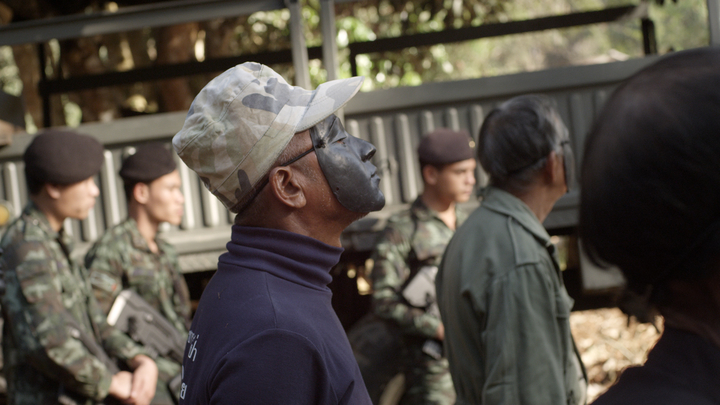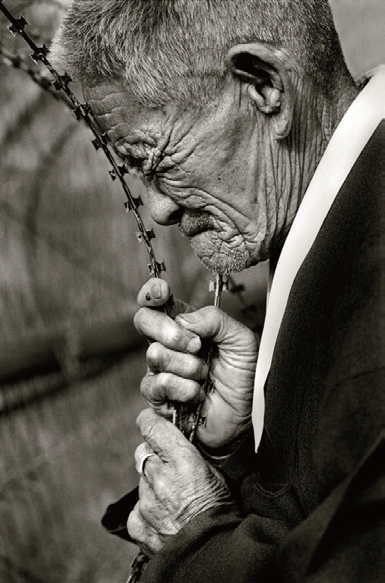김정현


'What is more valuable?' What our museum focuses on is not art or books, but various art materials. Therefore, the above questions and following answers are often made for a short time, and there is always a lot of regret for the things what are excluded. If the choice is delayed for few months, there will be no space in the office. Like this task, life is a series of choices. Memory of the past is a huge part of the selection standard. For example, the memory generated from a traumatic experience in fear of one’s life never goes away from head and it will influence every moment of decisions. But if these experiences exist as memories of several people, can our choices be entirely individual?
Jan Assmann, who research culturology in Germany, classifies memory as follows: imitative memory that enables daily task, such as tool using method, memories of objects what mankind project themselves, including home, village, memory of communication what an era possesses from the past and Memory of culture that transmits the symbolic world of meaning for develop the collective identity. Today, by comparison, memory continues to be called by creators and researchers that it is fragmentary and subjective, but reconstruction enables new meaning production. Among the concepts of memory, memory of culture expands the scope of idea about the relationship between art and society by identifying how memory is imprinted on the group through cultural constituents such as festivals, rituals, and images.
HSU Chiawei, form Taiwan, shows one aspect of the creative method based on memory of culture in <The Ruins of the Intelligence Bureau>. The camera shoots the puppet performance of a monkey general Hanuman, widely known in Hindu culture. The slow-moving screen switches to masked village people and soldiers. Then, the scene changes to the studio and the narrator appears to the front of screen. At the end, only the video showing in the empty studio. Since then, the artist explains that people wearing masks are former intelligence agents, the narrator is a person who worked as an intelligence officer, and the filming location is a specific historical site. By contrasting Hanuman and the intelligence agents who have an amicable settlement after overcoming many sufferings, the artist indirectly conveys that depressed situation and feelings of the intelligence agents to the audience. Many East Asian countries feel sympathy, because they share the memories of colonization, modernization, military regimes, industrialization and democratization. In addition to the main narrative, the material and directing method with multi-layered meaning derive from various interpretations, it becomes a requisite that allows audience to expand the meaning of the art work through imagination.
From this perspective, we can see different debates around statues and commemorative events at home and abroad. The National Museum of Modern and Contemporary Art's 'Stranger War' (6.25-9.20) commemorating the 70th anniversary of the Korean War is more remarkable due to the recent escalating military tensions between the North and South Koreas. This exhibition will present the works of domestic and foreign artists who reconstruct between war and social phenomena, and adding different meanings to our memories in conjunction with various contemporary contexts as a new cultural element. The exhibition has been postponed due to social distancing; thus, it released online first. I hope many people will visit online and offline and become a meaningful place for discussion.
Assmann distinguishes cultural memories with cold memories and hot memories with positive ones based on attitudes toward social change. Cold memories assume the past as absolute value and persist in regression. What we need now is to stare at the cultural memories that are embedded in our society, and consider hot memory bring the change. There is a work that I want to share with you. It is <Refugee, Paju, Gyeonggi-do> by Kim Ning-man, who expresses the restrained emotions of the character with tightly closed eyes and lips, two hands clutching a barbed wire fence, and the margin on the left side of the canvas. This work recalls the ponderous history of war and division through the subject of anonymous displaced person. The facial expressions and movements of the characters captured at the same time shows regret, a reflection on the failed past, and a desire for a desperately desired future. It appeals for change as a 'hot memory'.
FAMILY SITE
copyright © 2012 KIM DALJIN ART RESEARCH AND CONSULTING. All Rights reserved
이 페이지는 서울아트가이드에서 제공됩니다. This page provided by Seoul Art Guide.
다음 브라우져 에서 최적화 되어있습니다. This page optimized for these browsers. over IE 8, Chrome, FireFox, Safari